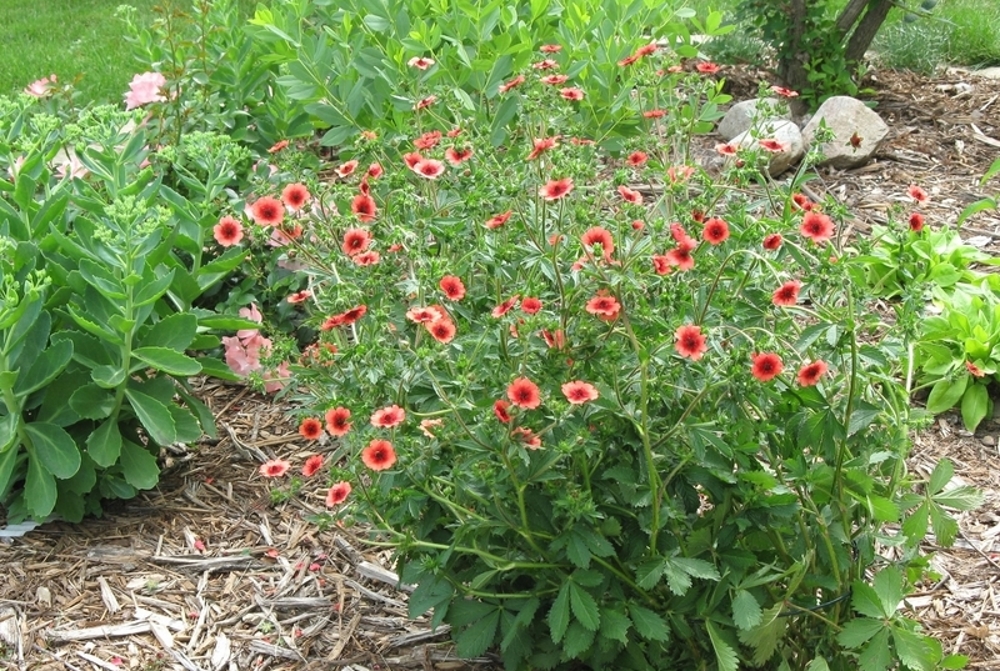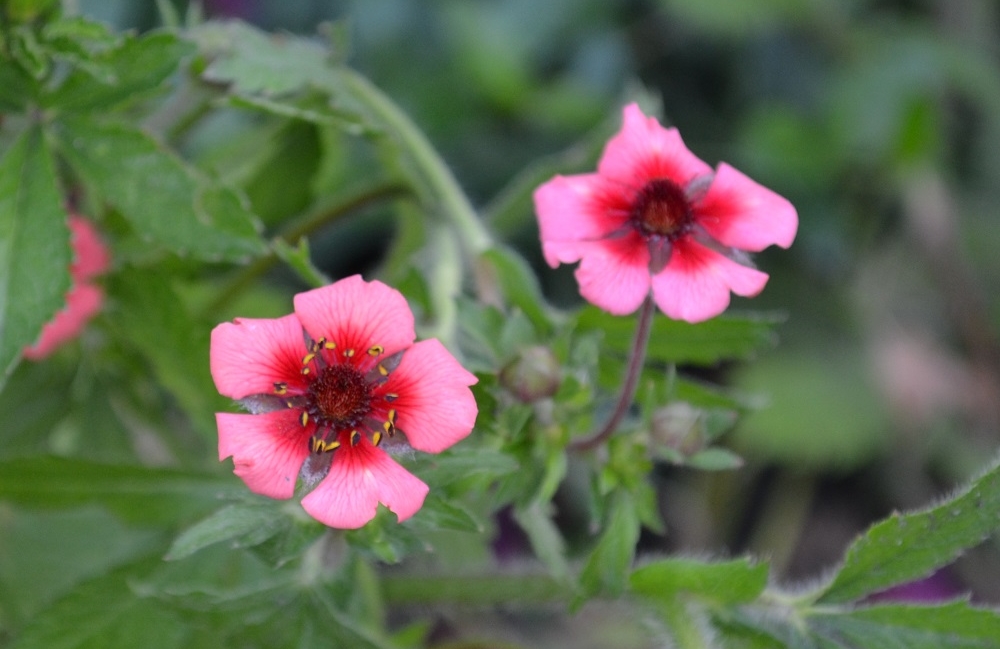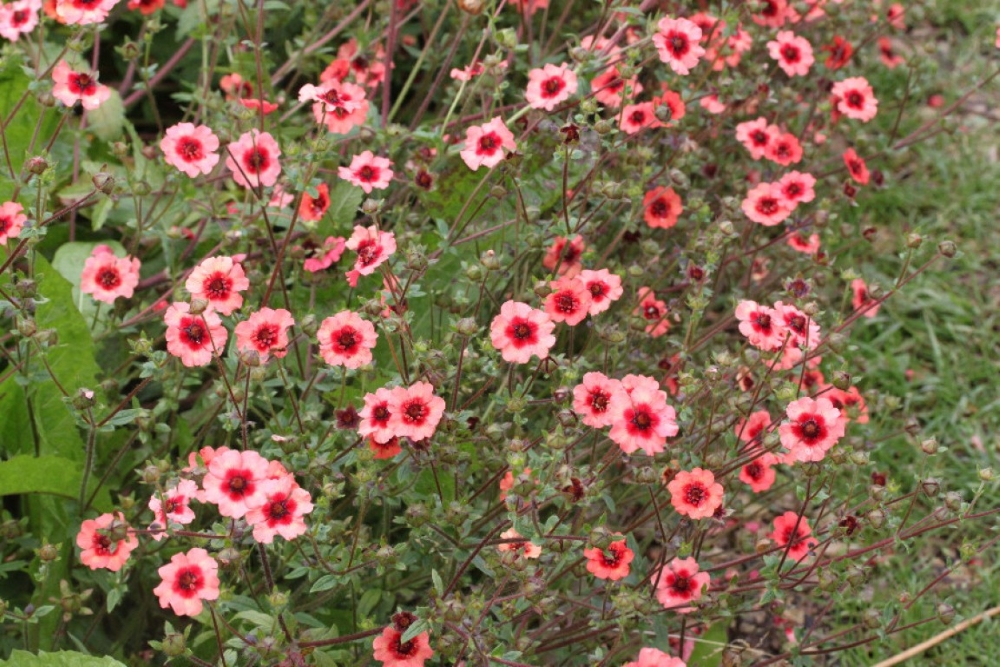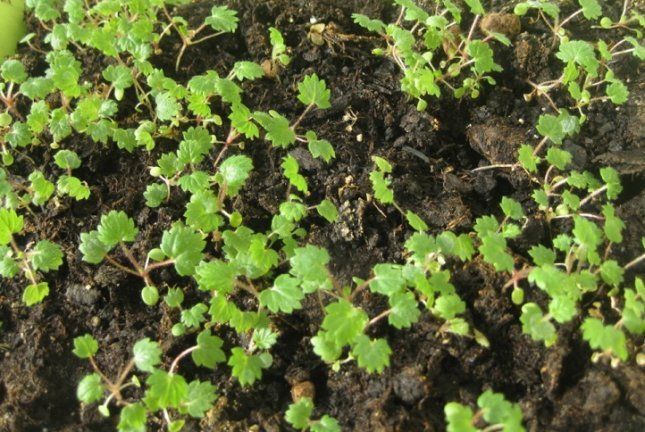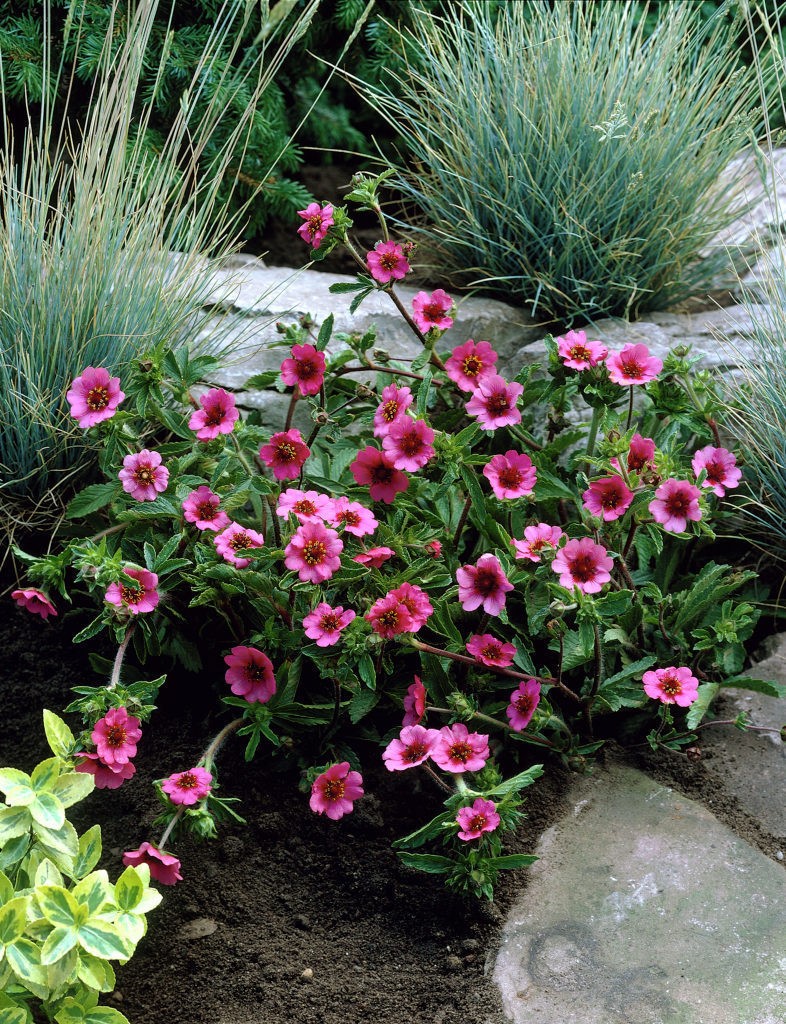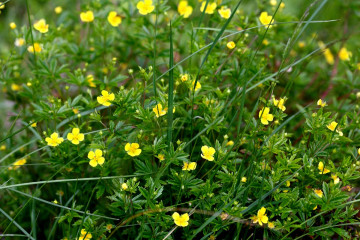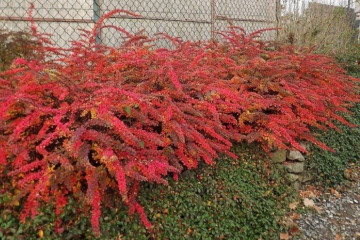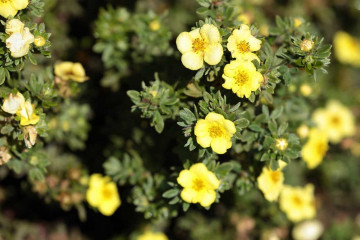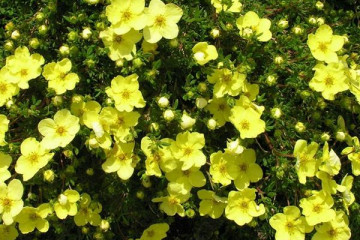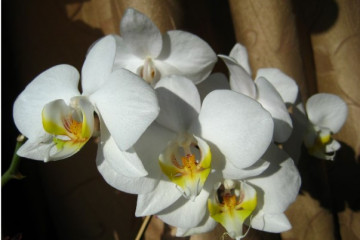Nepalese cinquefoil - description, varieties, care
Content:
Cinquefoil is a shrub plant, modest in care and blooming from the beginning of summer until the first frost. She truly adorns any site. It is known for its healing properties - Potentilla decoctions are used for many diseases.
Description of Nepalese Potentilla
Nepalese cinquefoil naturally grows in Nepal and the Western Himalayas. The shrub reaches a height of about 50 cm. The leaves of the plant are large, finger-like, similar in appearance to the leaves of strawberries.
Inflorescences of Potentilla are paniculate and consist of small pink flowers. The plant blooms in the second year after planting. The flowering period lasts 2-2.5 months.
Nepalese cinquefoil became the basis for hybrid varieties:
- Floris;
- Miss Vilmont;
- Roxanne;
- Legend;
- Fiery flame.
Features of planting a plant
The plant is completely undemanding to growing conditions. When growing a crop for good development and abundant flowering, you need to find a suitable place.
For Nepalese Potentilla, it is better to choose an open, well-lit area. Planting in partial shade is permissible, however, the lack of sunlight will certainly affect the appearance of the plant, especially the quality of its flowering.
The process of planting Nepalese Potentilla is as follows:
- Dig a landing hole with a depth of about 50-60 cm.
- Drainage material must be added to the bottom. It can be gravel, coarse sand, brick chips.
- The next layer is a mixture of soil, humus and sand.
- A seedling is planted and covered with soil.
- Water the planted plant. It must also be carried out within 2-3 weeks after planting, preventing the soil from drying out.
Planting from seeds
Reproduction of Potentilla by seed gives a good result. Seed material is sown either for seedlings or immediately in a permanent place of growth. For planting seedlings, small seeds are carefully placed in the prepared substrate, covered with film or glass, placed in a warm place and periodically moistened. It is recommended to plant in late winter - early spring.
Planting seedlings in open ground
When young plants are strong enough, they are planted in a flower bed. Doing this, like planting seeds in open ground, preferably not earlier than the end of spring, when the earth warms up and the threat of night frosts goes away.
How to care for Nepalese cinquefoil
For good development and long flowering, when caring for Nepalese Potentilla, you need to adhere to the basic conditions:
- Watering. Adult plants do not need constant watering. It is enough to keep the soil in a slightly moist state in dry times. Mulching the soil can help in this. When watering, it is better to use heated water, since the roots of the plant are sensitive to temperature extremes.
- Top dressing. The plant needs feeding three times per season: in early spring, during the formation of buds and at the end of summer.It is advisable to apply a complex mineral fertilizer with a predominance of nitrogen (at the beginning of the season) and potassium with phosphorus during subsequent procedures.
- Loosening. It is necessary to ensure that weeds do not grow on the flowerbed where the cinquefoil grows. To do this, they are regularly weeded, and the soil around the plants is shallowly loosened. This procedure contributes to the saturation of the soil with oxygen.
- Pruning. Nepalese Potentilla bushes are prone to overgrowth, so they need to periodically carry out formative pruning. You can give the landings any shape. Rejuvenating pruning is carried out every 4-5 years - in the spring the plant is cut off completely and must be fertilized. It rejuvenates over the next season.
Reproduction methods
Nepalese cinquefoil is an unpretentious plant in terms of care and reproduction. There are several ways to grow it on your site or dacha:
- Growing from seeds. The seed can be prepared by yourself. Ripe seeds are harvested in late summer - early autumn. They can be planted immediately or stored in a dry place until spring. Seed germination lasts 2.5-3 years.
- With the help of cuttings. At the beginning of summer, healthy, strong shoots are cut from last year's stems and the lower leaves are removed from them. Some of the seedlings obtained are treated with a solution to stimulate root growth and are planted in pots with a substrate. For quick rooting, it is better for a plant to create a greenhouse environment by covering it with a film, a jar or a plastic bottle. The seedling needs to be watered periodically. After it takes root and hardens, you can plant it in open ground as an independent plant.
- The division method. This method is suitable for plants that are at least 4 years old. In spring or autumn, in warm weather, a healthy shoot is chosen, carefully separated from the mother bush and planted as an independent plant.
- Layers. This method is used most often, as it is the easiest to perform. The process of Potentilla is incised, bent to the ground and secured with a special hairpin. Near the incision, the shoot is sprinkled with soil. After the buried shoot forms a normal root system, it can be detached from the parent plant and planted separately.
Transfer
Cinquefoil takes root well after transplantation. All you need is regular watering and the right place. The optimal period for the procedure is considered to be the beginning of spring, however, quite often the plant is transplanted at the end of flowering.
Possible diseases and pests
In general, the crop shows good disease and pest resistance. And cases of damage to a plant by certain diseases are the result of a violation of the rules for caring for it.
The development of rust in Potentilla is associated with an excess of moisture in the soil. When it appears, the plant will have to be treated with Bordeaux liquid or fungicides.
Among the pests, it is most capable of annoying the Potentilla scoop, which feeds on flowers and leaves. Lack of timely treatment can lead to the death of the plant. To get rid of the scoop, the bushes need to be treated twice with an insecticide solution.
Flowering period
During flowering, it is recommended to regularly remove faded inflorescences in order to preserve the decorative effect of the bush. You also need to keep the soil moist and loosen it after each watering.
Preparing for winter
Due to its increased frost resistance (the plant normally withstands frosts down to -30 ℃), Potentilla does not require special warming measures. It is enough just to clean the dried shoots.
Use in landscape design
Miss Wilmont's cinquefoil is used by modern landscape designers in both single and group plantings. Singles are most often represented by plantings near curbs, on empty ground under tall shrubs with bare stems.
Complex compositions of Potentilla with lupins, cornflowers, as well as plants that are distinguished by inexpressive flowering also look spectacular on flower beds. Potentilla Legenda is often found on alpine slides and among stones.
Beneficial features
Due to the rich content of essential oils and vitamin C, the plant is used in folk medicine, especially for colds.
Nepalese cinquefoil, a shrub perennial plant, is often used for growing at home in the garden. She will need a well-lit area and feeding at the end of the season. In return, the plant will thank with a long flowering of abundant flowers of a bright color. The Nepalese cinquefoil Miss Wilmont looks especially elegant.
Due to its healing properties, the plant is used in folk medicine for various diseases, especially colds. And even an inexperienced florist can grow Potentilla.
